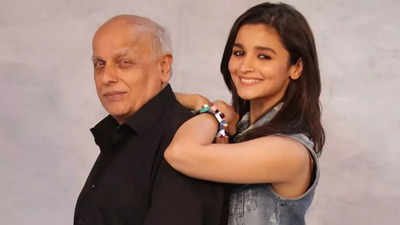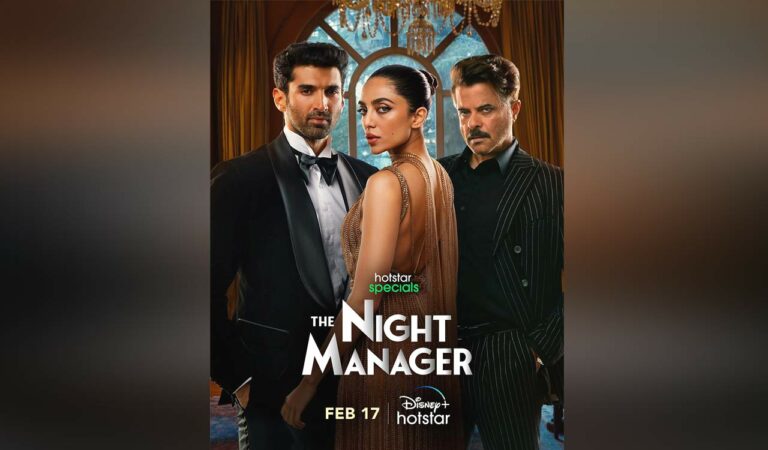When the list of shows at the Minnesota Fringe Festival goes public, festival executive director Dawn Bentley finds out what’ll be on stage at the same time as everyone else. True, Bentley is in charge of overseeing the 11-day performance and theater festival, which this year runs Aug. 1 to 11.
It’s one of a couple hundred such events around the world. But the entire process of selecting and scheduling shows for each year’s Fringe is an anonymous lottery. This harkens back to Fringe festivals’ origins as accessible and alternative spaces, Bentley said.

“Fringe is a worldwide movement,” she said. “That movement was in direct opposition to being ‘othered,’ being deemed not good enough to perform in a festival, or not experienced enough, or not mainstream enough.” This year, Minnesota Fringe is set to bring 105 shows to 14 venues across Minneapolis.
Some performers tour on an international Fringe circuit; for others, this is their first time onstage. Each show runs no more than an hour, giving artists a chance to explore new genres, subject matter and even performance format. Before the Fringe kicks off this week, we caught up with Bentley to learn more.
(This conversation has been edited and condensed.) Q: With the festival starting in less than a week, what’s on your to-do list right now? A: All the logistics are on the list right now. We’re scheduling access services, photography, videography, training the 100 volunteers and 80 staff members that we hire seasonally.
Some people have worked for us before — we have about 75 percent returning staff — but we make some tweaks in the festival every year, so we want to bring them up to speed on what we’ve been planning for the past 10 months. The bulk of the work of planning the festival actually starts the previous fall, right after the last festival ends. Q: And part of the planning process — selecting shows, at least — is random, right? How does the lottery system work for artists to get into the festival? A: Yes, it’s 100 percent random: We cloak the applicants with a number, so when we go to select participants, it’s simply a number we draw.
And we continue to cloak them when we schedule the performances and pick venues, in order to make sure there’s zero favoritism. That way, we can have a truly egalitarian and fair opportunity for everyone. We’ve been working with Dr.
Nick Arnosti, a University of Minnesota professor who is interested in studying lotteries, to examine how our lottery can become more efficient. That’s been revolutionary and eye-opening — and really fun — to work with researchers on writing computer programs to help create a fair and equal lottery system. Q: Why do you think using a lottery to pick who performs in the festival is good for the participating artists? A: It evens the playing field.
Anyone can be an artist, and personally, I think everyone has a creative side inside of them. Everyone is treated equally here, whether you’re a citizen artist or a professional who tours the Fringe circuit every year. I talk about Minnesota Fringe being a gateway to the performing arts for audiences, and that’s also true for the artists themselves.
We have people who have never produced their own show being on our stages for the first time, or maybe folks have found themselves doing the same kinds of shows over and over. Here is where they can experiment with something new, in front of an audience who’s adventurous and interested in seeing people push themselves in new ways. Q: One new component at Minnesota Fringe this year is the Midwest Touring Trifecta, the touring relationship with Fringe festivals in Kansas City and Indianapolis.
Besides supporting the artists in traveling, what are you hoping this program adds to the Minnesota Fringe this year? A: We’ve paired up [the three shows selected for the Midwest Touring Trifecta] so they tour together, and each one is from one of the locations, so there’s always an “anchor” who can say, “This is my home Fringe, these are my people, I’ll introduce you.” About 25 to 30 percent of our audiences themselves identify as artists, and I think people come to watch Fringe shows to see new ideas, make connections, forge partnerships. So we’re hopeful that this will transcend to the touring trifecta.
Every Fringe that I’ve ever been to has its own personality; no one Fringe festival is just like another. I think it’s good for artists to immerse themselves in that new personality to help shape their art to be something they could take universally to audiences around the country. Q: How would you describe the personality of Minnesota Fringe? A: Oh boy.
I think our Fringe is a little nerdy! Shows that are parodies of iconic movies or TV shows and ones that are bent toward science fiction play really well, and mash-ups between literature that’s really heady and some sort of comical aspect also play well. When we have political satire, you have to be sort of in-the-know to get all the jokes. Some Fringes are really concentrated on international art, or dramatic art, or local artists, and I think we have a good mix here.
There’s no one Fringe that’s better or worse than another — it’s just recognizing those individual personalities and embracing them. One thing all Fringe festivals have in common is that they’re never juried or fully curated, so they really are an opportunity for anyone to put something on a stage. Click to share on Facebook (Opens in new window) Click to share on Reddit (Opens in new window) Click to share on Twitter (Opens in new window) Click to print (Opens in new window) Click to email a link to a friend (Opens in new window) More Click to share on LinkedIn (Opens in new window) Click to share on Pinterest (Opens in new window) Click to share on Tumblr (Opens in new window) Submit to Stumbleupon (Opens in new window).



















